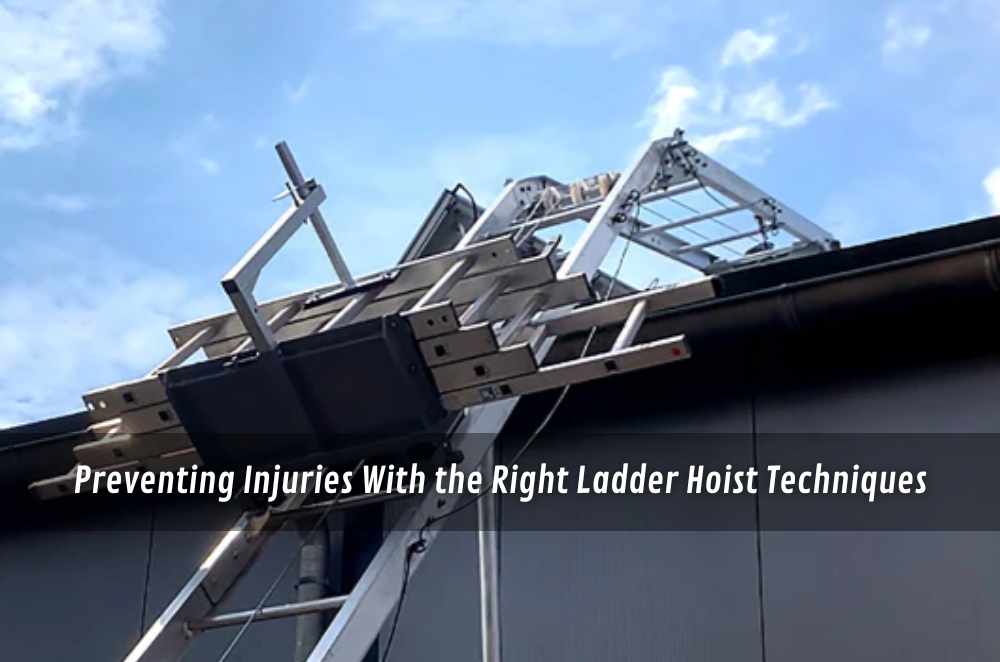
You know how things change once you’ve been on site a while? When I first started, lifting heavy stuff was just something you powered through, no questions asked. But over time, I realised it’s not just about muscle — it’s about working smarter to avoid injuries that can haunt you later on. That’s why I’m a big fan of using a ladder hoist 14m when moving materials up to higher levels. It’s not about taking shortcuts, but about making the job safer and less of a strain on your body. Seeing one in action for the first time really opened my eyes — suddenly, what felt like a mountain of bricks or timber became a whole lot easier to handle. It’s small changes like this that can make a big difference on site, day in, day out.
Why lifting the right way matters on-site
Here’s something you learn the hard way: the body keeps score. Doesn’t matter how tough you reckon you are, if you’re not lifting right, your back, shoulders, and knees will eventually start reminding you. I’ve seen the best workers taken out by silly mistakes—twisting as they lift, thinking they can handle just a bit more, rushing because smoko’s running out.
Keep your stance wide enough so you don’t tip over with a heavy bag of cement.
Instead of reaching out and grabbing awkward stuff, drag it closer before you lift.
If it’s got a handle, use it; if it doesn’t, find a better way.
Get a mate to spot you. Doesn’t make you weak, makes you smart.
There’s this old site saying: “The young blokes break themselves, the old blokes teach you how not to.” Funny, but pretty true.
How following manual handling safety guidelines helps avoid injuries
On-site, it’s easy to get caught up in the rush and forget some of the basics that actually keep you safe. Over the years, I’ve seen firsthand how sticking to manual handling safety guidelines can stop injuries before they start. These guidelines aren’t just paperwork — they’re built on real lessons from past accidents and what causes people to hurt themselves lifting, pushing, or pulling gear. It’s about knowing your limits, using your legs instead of your back, and planning each lift carefully. Even small things like checking your footing or breaking heavy loads into manageable bits make a big difference. When crews take the time to follow these principles, it shows up in fewer trips to the physio and more folks finishing their shifts without nagging aches.
Building site routines with safe lifting techniques
You notice, over time, the best-run sites aren’t always the fanciest—they just have solid routines. Every morning, someone’s running through what needs shifting, who’s on what, and which tools are up to scratch. They don’t muck about, and they don’t skip the basics. That’s where safe lifting techniques actually come into play—not just a thing you do, but part of how you think.
What stands out:
Having a spotter every time you’re shifting awkwardly into gear. No one wants to end up under a swinging load.
Using hand signals or a shout, especially if you’re working with machinery or on different levels.
Checking over your lifting straps and harnesses for nicks and tears, every single time.
Rotating jobs, so the same fella isn’t flogged by heavy lifting all day.
The odd time I’ve seen someone try to be clever, skip the check or rush a lift, it always goes pear-shaped. Maybe nothing bad happens that day, but the odds catch up quickly. There’s a bloke I know who swears by his own routine—walks the job before the team gets started, eyes up anything that’s shifted overnight, and sorts it before someone stubs a toe. Makes you think, “Why isn’t everyone doing this?”
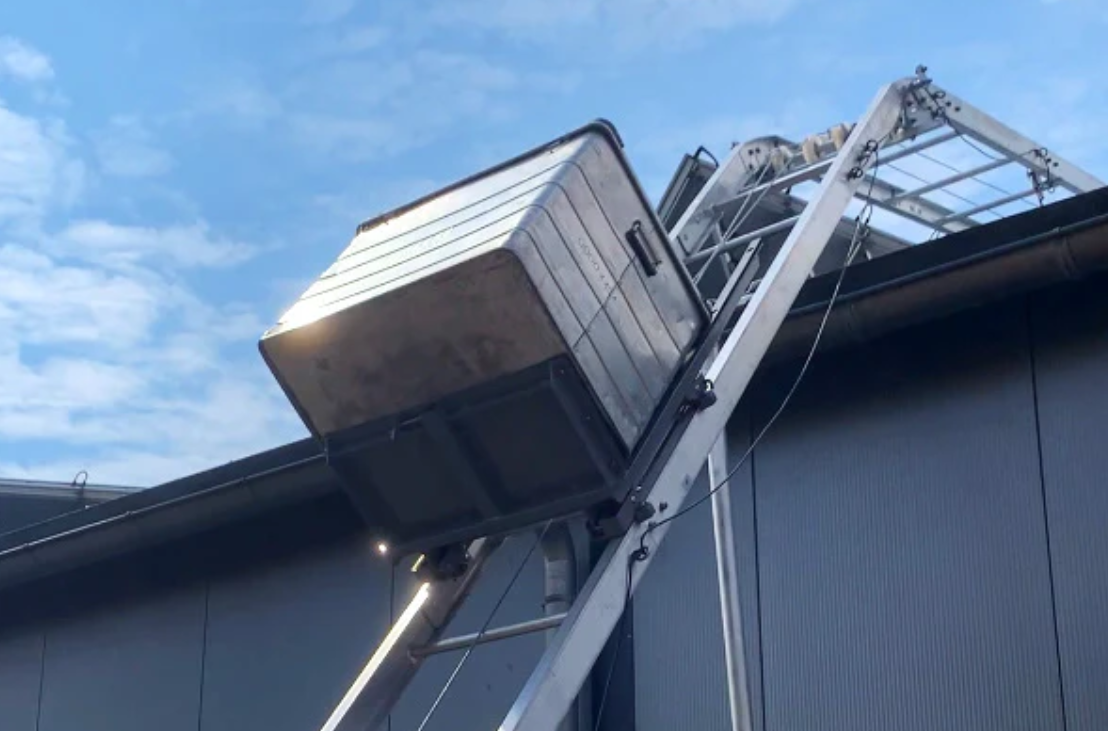
The impact of smarter materials handling solutions on site safety
It’s interesting to see how smarter materials handling solutions are starting to change the way we tackle heavy lifting on construction sites. It’s not just about new gadgets or fancy machines—it’s about practical tools and approaches that help reduce strain and accidents. Over the last few years, I’ve noticed more crews using updated hoists, better rigging systems, and gear designed to make lifts smoother and safer. These changes aren’t just about making the job easier; they help prevent those slow-building injuries that often go unnoticed until it’s too late. What’s more, the culture around lifting is shifting too, with more workers willing to speak up when something feels unsafe and teams sharing tips on safer handling practices. It’s encouraging to see that smarter solutions don’t just rely on technology—they rely on people working smarter together.
Conclusion
Looking back, I reckon what’s really changed for me isn’t just the gear I use, but how I think about the work. The first time I saw a team use a ladder hoist 14m on a job, it made me realise there’s a smarter way to get things done—less strain, less risk.
Everyone’s got their stories and a few aches to prove it, but it’s really the little things you do day-to-day that add up. You might think you’re tough as nails, but your body doesn’t lie. It’s worth taking any help you can get, watching out for your mates, and speaking up when something doesn’t feel right. That’s what keeps you going in this game.

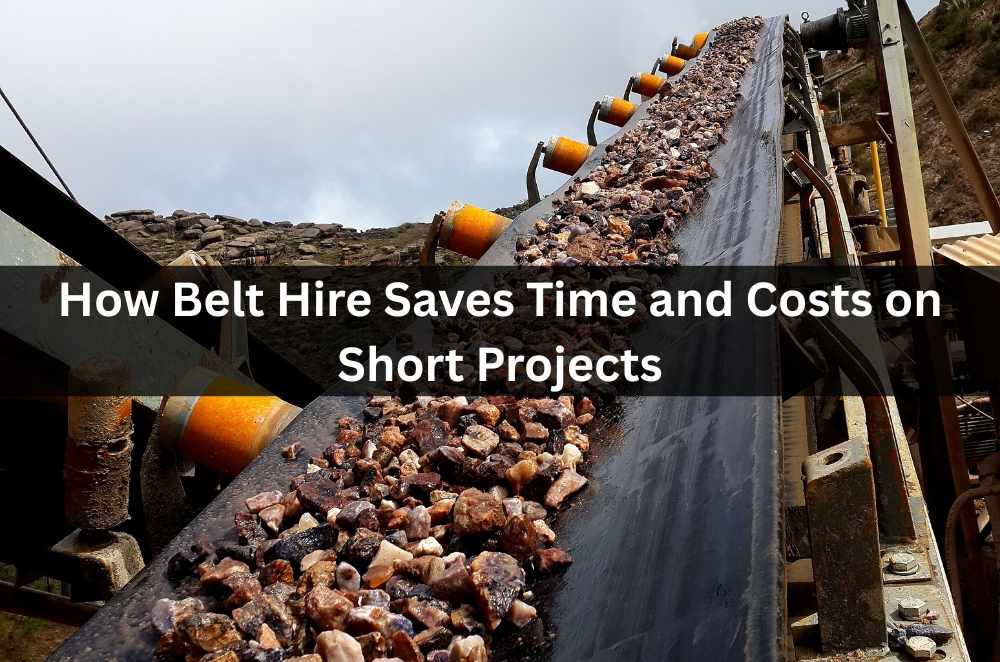
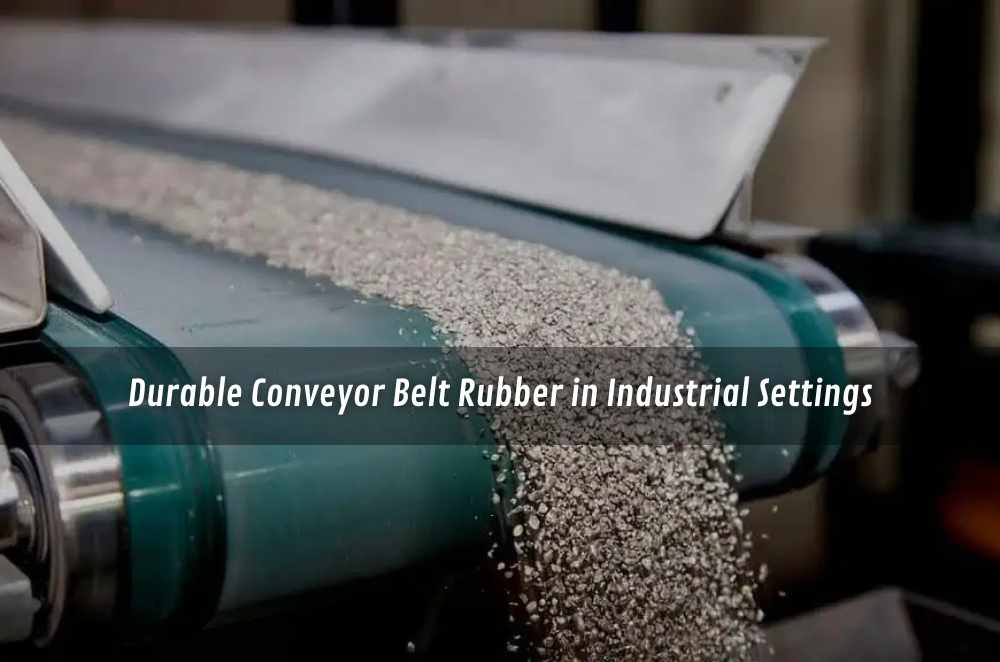

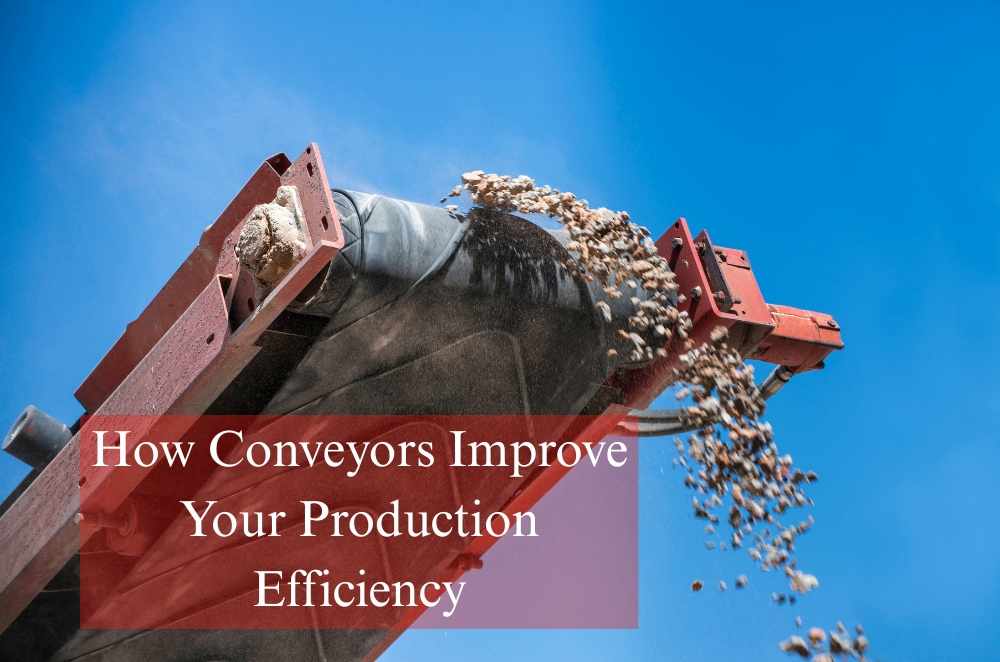
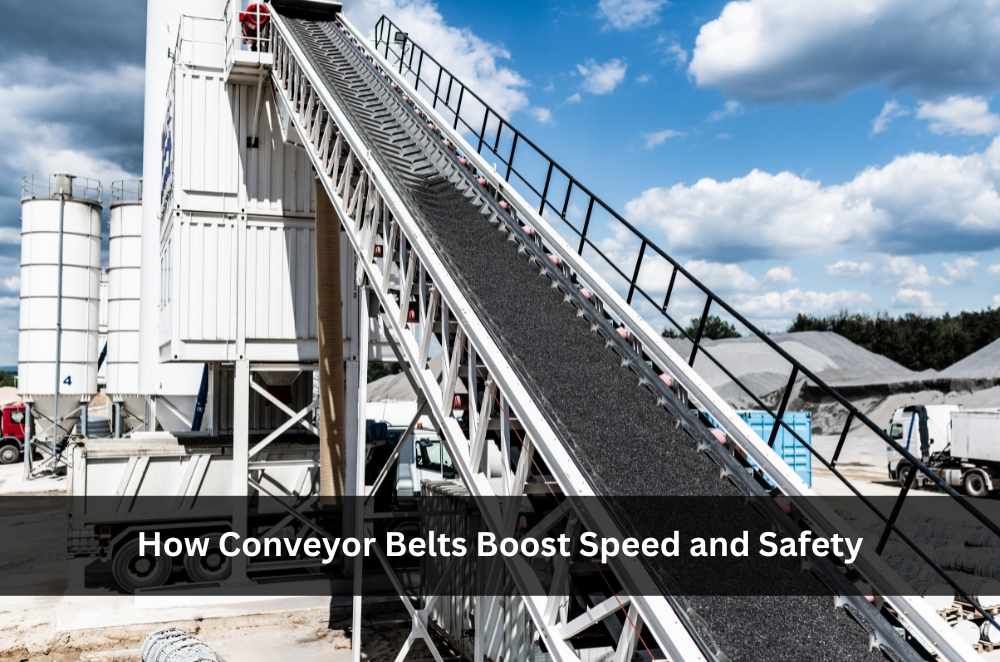
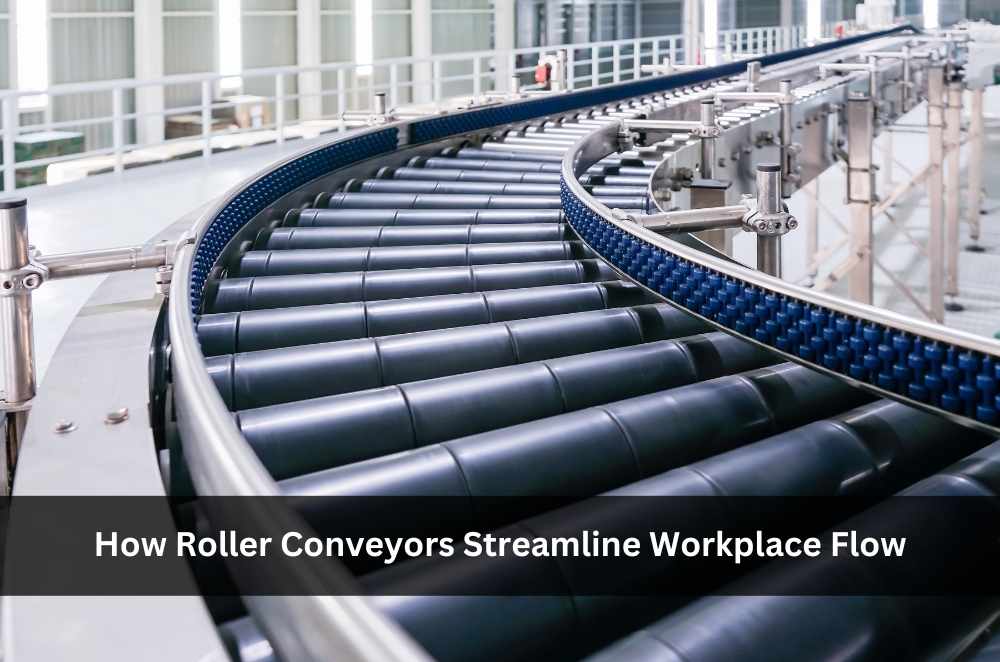
Write a comment ...